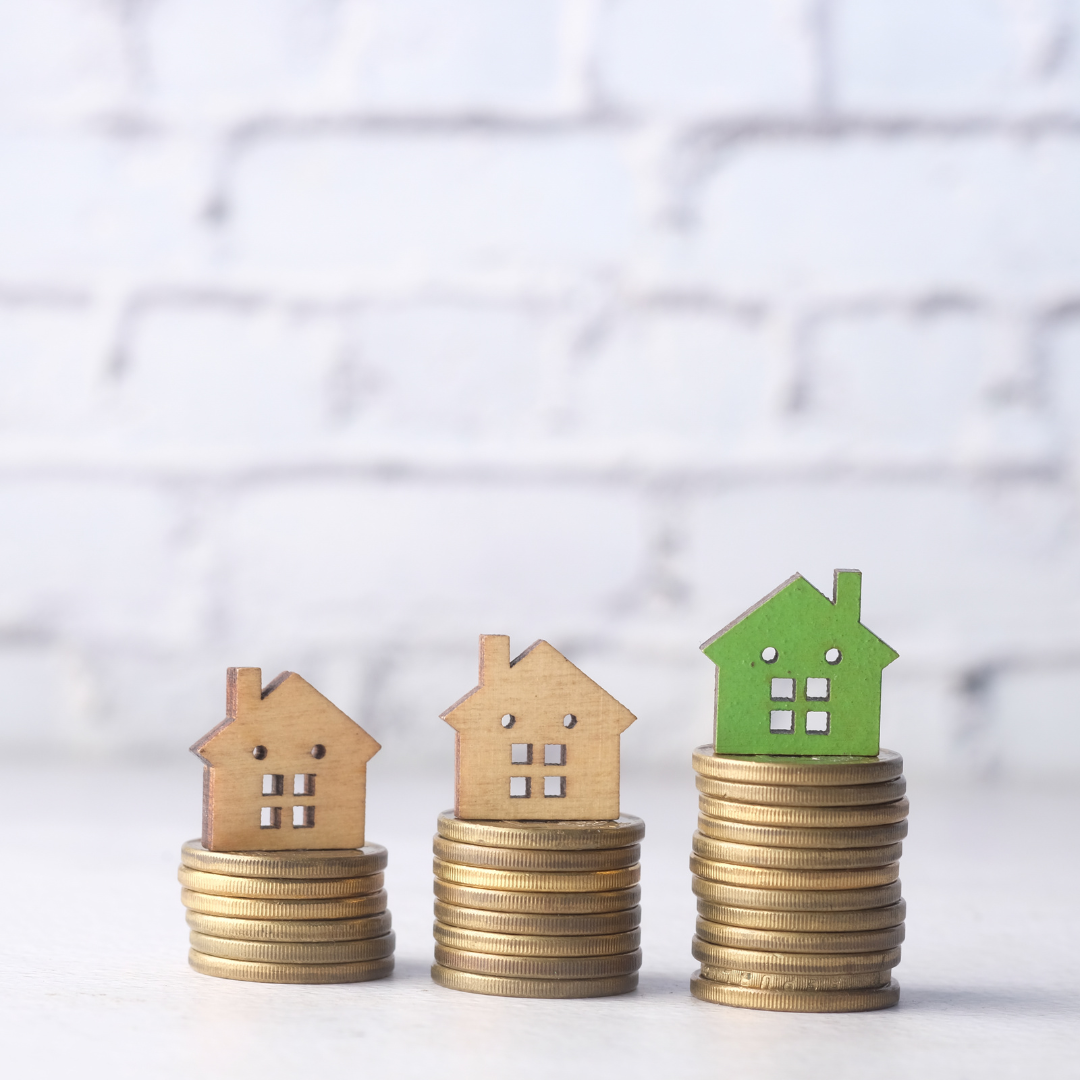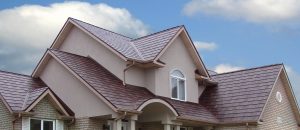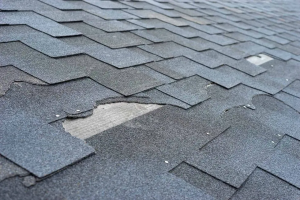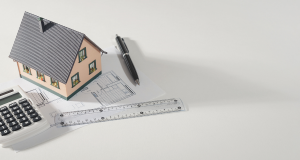Many homeowners seek ways to boost their property’s worth, whether for future sale or investment. Making strategic improvements, such as upgrading kitchens and bathrooms or enhancing curb appeal, can significantly increase home value.
In addition to cosmetic upgrades, paying attention to energy efficiency can attract potential buyers. Simple changes, like installing new windows or adding insulation, not only reduce utility costs but also appeal to environmentally conscious homeowners.
Regular maintenance and timely repairs also play a crucial role in preserving property value. Keeping the home in good condition assures buyers of its reliability, making it a more desirable option in the market.
Improving Curb Appeal and Landscaping
Enhancing curb appeal and landscaping can significantly impact home value. Key improvements include a fresh exterior paint job and thoughtful garden design.
Exterior Paint and Details
A well-maintained exterior paint job enhances visual appeal. Faded or peeling paint suggests neglect.
- Choose the Right Color: Opt for neutral shades that appeal to a wide range of buyers. Bright colors can be polarizing.
- Consider Stone Veneer: Incorporating stone veneer accents can elevate the home’s look and differentiate it from others in the neighborhood.
- Regular Maintenance: Scheduling pressure washing every couple of years keeps surfaces clean and fresh, avoiding build-up of dirt and mildew.
Attention to detail matters. Well-defined trim and freshly painted doors add character. New hardware on doors and windows enhances aesthetics too.
Garden and Outdoor Living Spaces
Landscaping contributes significantly to overall curb appeal. A well-landscaped yard creates an inviting atmosphere.
- Plant Selection: Use native plants that require less water and maintenance. They thrive in local climates and attract local wildlife.
- Outdoor Living Areas: Adding a deck, patio, or pergola enhances functionality and resonates with buyers looking for outdoor entertaining spaces.
- Defined Garden Spaces: Raised flower beds or pathways can create a structured look. Mulch helps control weeds and improves soil health while adding visual appeal.
In addition to these foundational elements, trees are essential in shaping an outdoor space, offering shade, privacy, and natural beauty. However, without proper care, they could become overgrown or hazardous, affecting both aesthetics and safety.
That’s why investing in Affordable Tree Service is often key to keeping them healthy, well-maintained, and secure, all while managing upkeep costs. Regular trimming and stump removal could not only enhance your yard’s appearance but also prevent potential safety risks.
Furthermore, pairing this with routine lawn care, such as mowing, edging, and fertilizing, polishes your home’s exterior, creating a cohesive and inviting outdoor environment.
Energy Efficiency and Green Upgrades
Incorporating energy efficiency and green upgrades can significantly boost a home’s value. Two key areas to focus on include solar panels and energy audits, as well as the installation of smart thermostats and Energy Star appliances. Another impactful upgrade is enhancing a home’s structural resilience while improving energy performance. This can include features like reinforced roofing, better insulation, and hurricane-resistant and energy efficient windows and doors, for example. In terms of roofing, the right materials may reduce heat absorption while using sustainable insulation can further enhance energy savings. As for the energy efficient doors and windows in times of natural calamities, they may help minimize heat loss while offering crucial protection during extreme weather.
Solar Panels and Energy Audits
Solar panels represent a valuable investment in energy efficiency. They can lower energy costs by harnessing renewable energy, thus reducing reliance on traditional power sources. The initial cost can often be offset by tax incentives and long-term savings on electricity bills.
Conducting an energy audit is crucial before implementing upgrades. This assessment identifies areas for improvement, such as insulation and airflow issues. Homeowners can prioritize which upgrades will yield the most savings, ensuring that their investments are strategic and effective.
Smart Thermostats and Energy Star Appliances
Smart thermostats offer precision in temperature control, significantly enhancing energy efficiency. These devices adapt to homeowners’ schedules, optimizing heating and cooling usage. By reducing wasted energy, they help lower utility costs and improve comfort levels.
Energy Star appliances are designed to consume less energy compared to standard models. Upgrading these appliances can reduce energy consumption by 10-50%. Choosing Energy Star-rated products not only decreases energy expenses but also appeals to environmentally conscious buyers, further enhancing a home’s market attractiveness.
Strategic Renovations and Remodeling
Renovating key areas of a home can greatly impact its value. Focused improvements in the kitchen, bathroom, exterior, and the creation of functional spaces typically offer high returns on investment.
Kitchen and Bathroom Updates
Kitchen and bathroom renovations are among the most impactful remodeling projects for increasing a home’s value.
A modern kitchen typically involves upgrading appliances, cabinets, countertops, and flooring, with features like a spacious island or energy-efficient appliances appealing to potential buyers.
In bathrooms, replacing outdated fixtures, enhancing lighting, and adding storage options can significantly improve the space.
Simple updates like a new vanity, fresh tile, or updated faucets can create a more inviting atmosphere. Investing in high-quality materials not only boosts aesthetic appeal but also ensures long-lasting durability. These renovations add both style and function, making the home more attractive to buyers.
According to industry reports, homeowners can expect to recover a substantial percentage of their investment in these key areas, making kitchen and bathroom upgrades one of the most effective ways to enhance the overall value of a property.
Impoving Home Exteriors
Home exterior updates are among the most impactful ways to increase your property’s value while enhancing its visual appeal.
A well-maintained roof, including repairs to soffits (learn more about this here) and replacing damaged shingles, not only improves the look of your home but also offers crucial protection against weather-related damage like leaks and mold.
Gutters play an important role in managing rainwater, directing it away from the house and preventing water damage to the foundation, which can lead to costly repairs down the road.
Pavement renovations, such as upgrading driveways, walkways, and patios, improve both the durability and curb appeal of your property, giving it a fresh and inviting look.
Furthermore, sidewalks ensure easy, safe access to your home for everyone, from family to guests, while enhancing the overall exterior design. These exterior upgrades are essential for boosting the overall functionality of your home, providing better protection, increased accessibility, and a lasting return on investment.
Creating Usable and Multifunctional Spaces
Creating usable and multifunctional spaces can significantly boost a home’s marketability.
A finished basement is a great opportunity to add value by transforming it into a recreational room, home office, or guest suite, maximizing square footage and appeal. Open floor plans enhance the flow of the home, creating a more spacious and inviting environment.
Sunrooms are another increasingly popular option, offering a bright, flexible space that can serve as a reading nook, home gym, or even a remote workspace. Homeowners in warmer climates – such as those exploring Sunroom Additions in Houston, TX – find these extensions particularly valuable for enhancing indoor-outdoor living while adding usable square footage. They not only increase functional living space but also bring in natural light, making the home feel more open and welcoming.
Homebuyers increasingly seek designs that offer flexibility, such as rooms that can serve multiple purposes. Features like built-in shelves or foldable furniture can help optimize space and improve functionality.
These upgrades not only add practical benefits but also make homes feel larger and more accommodating. By improving functionality, you create spaces that are both versatile and livable, making the home more attractive to prospective buyers.
The ability to adapt spaces to different needs can be a key selling point, adding to the overall appeal and value of the property.
Financial Considerations for Home Improvements
Investing in home improvements can significantly enhance property value, but careful financial planning is essential. Homeowners should evaluate various budgeting methods and financing options while ensuring that projects yield a positive return on investment.
Budgeting and Financing Options
Creating a budget is the first step in any home improvement project. Homeowners can start by estimating the cost of materials and labor. This may include consulting contractors for quotes on renovations.
Common financing options include:
- Home Equity Loan: A lump sum secured against the home’s equity.
- Cash-Out Refinance: Replacing an existing mortgage with a larger one to access cash.
- HELOC (Home Equity Line of Credit): A revolving credit line based on home equity, useful for ongoing projects.
- Personal Loan: Unsecured loans that can be used for improvements but usually come with higher interest rates.
Analyzing the pros and cons of each option helps in making informed decisions.
Maximizing Return on Investment
Certain home improvement projects offer higher returns than others. Kitchen remodels and bathroom updates often yield significant value increases. Accessory dwelling units (ADUs) can also enhance property worth by adding rental opportunities.
When planning upgrades:
- Focus on curb appeal: Landscaping, painting, and siding improvements can attract potential buyers.
- Consider energy-efficient upgrades: Replacing windows or insulation can lower utility bills and boost value.
- Prioritize popular features: Buyers often seek functional spaces, so adding smart-home technology might offer a return.
Tracking expenses throughout the project and comparing them against potential increases in home value will help in making financially savvy decisions.




